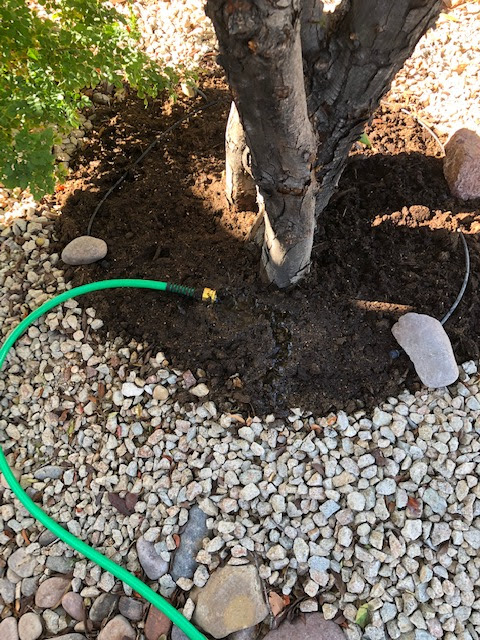The simple answer is no. Most plants dont grow that way. They grow from their growing points or terminal buds.
 |
| This palm was blown over during a hurricane in the Philippines and continued growing from its tips but continued to lean. |
The simple answer is no. Most plants dont grow that way. They grow from their growing points or terminal buds.
 |
| This palm was blown over during a hurricane in the Philippines and continued growing from its tips but continued to lean. |
Whether you are spacing plants from each other or from structures the distance is figured from its mature height. Learn how to do this and more on this episode of Desert Horticulture.
Grub numbers can be critical in a successful landscape. Learn what this number might be and how to treat for them in this episode of Desert Horticulture.
 |
| Kurapia can be mowed to remove the flowers so from a distance it looks more like grass. |
 |
| Valley Sods picture of Kurapia grown in Southern Nevada. |
This episode of Desert Horticulture insists they do the logical thing to do...accept responsibility for your landscape water use.
 |
| When occasional water is wanted for a plant then watering it with a hose instead of a controller is a better idea. |